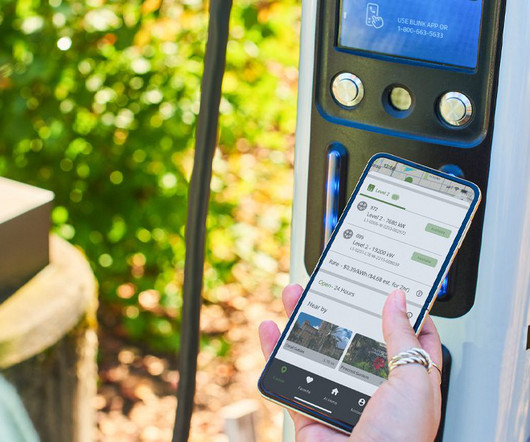Pike Research forecasts hybrid electric locomotive sales could reach nearly 500 units from 2011 to 2020; to utilize 514 MWh of battery capacity by 2020
Green Car Congress
AUGUST 10, 2011
Almost all locomotives used today are powered by electricity, either generated onboard through a diesel engine or provided through a connection to the electric grid (third rails or overhead lines). Other benefits include reduced noise levels and lower maintenance costs.












Let's personalize your content